Close
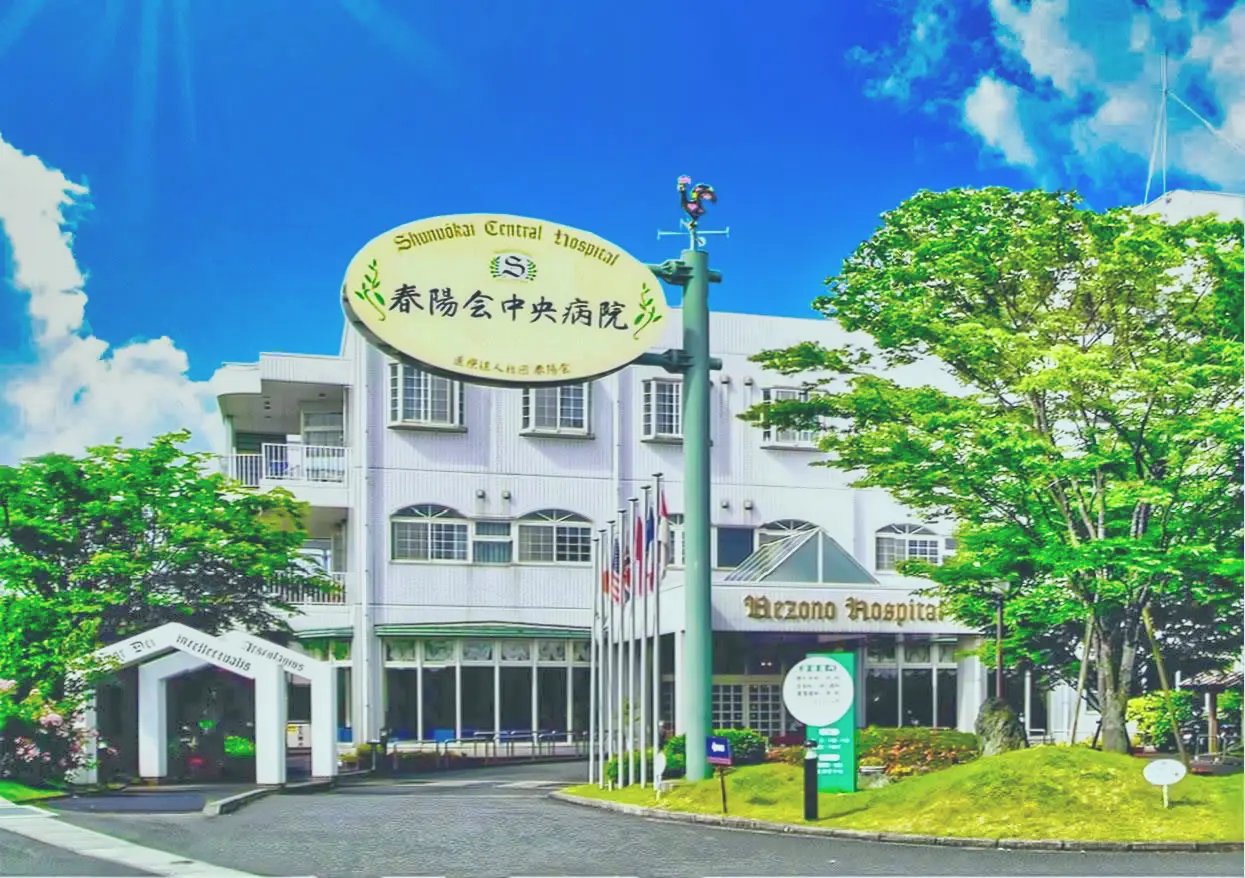

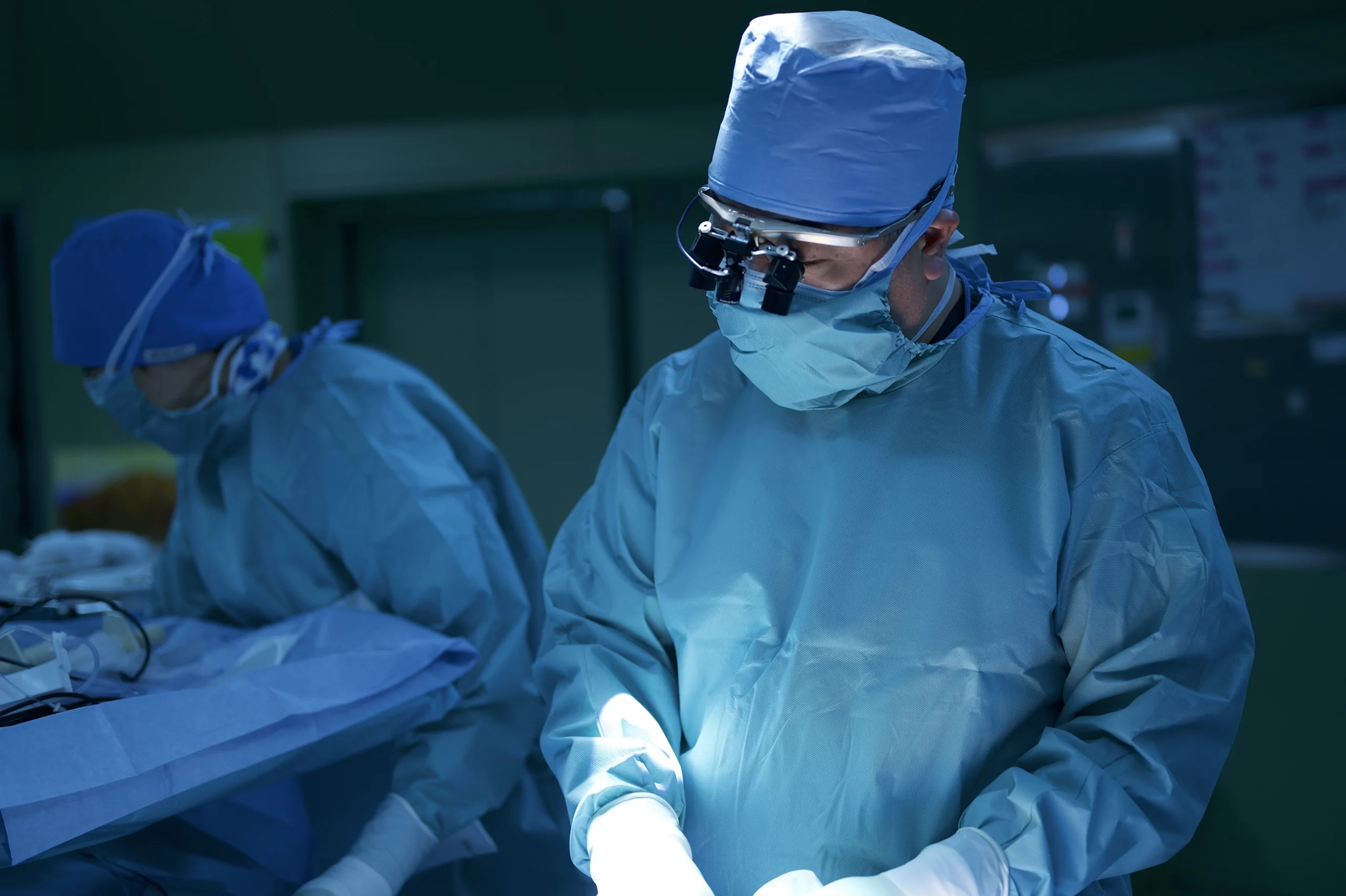
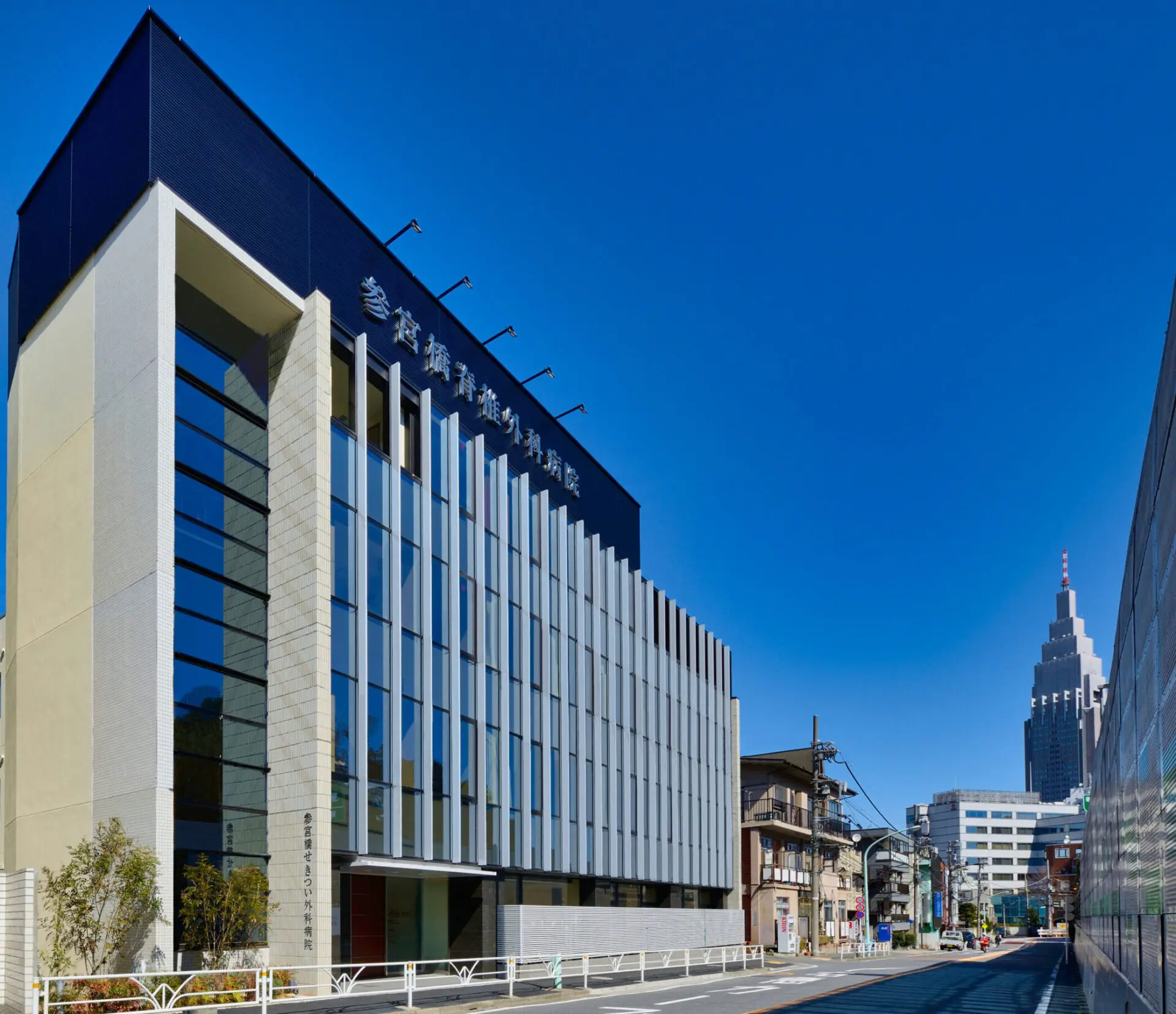
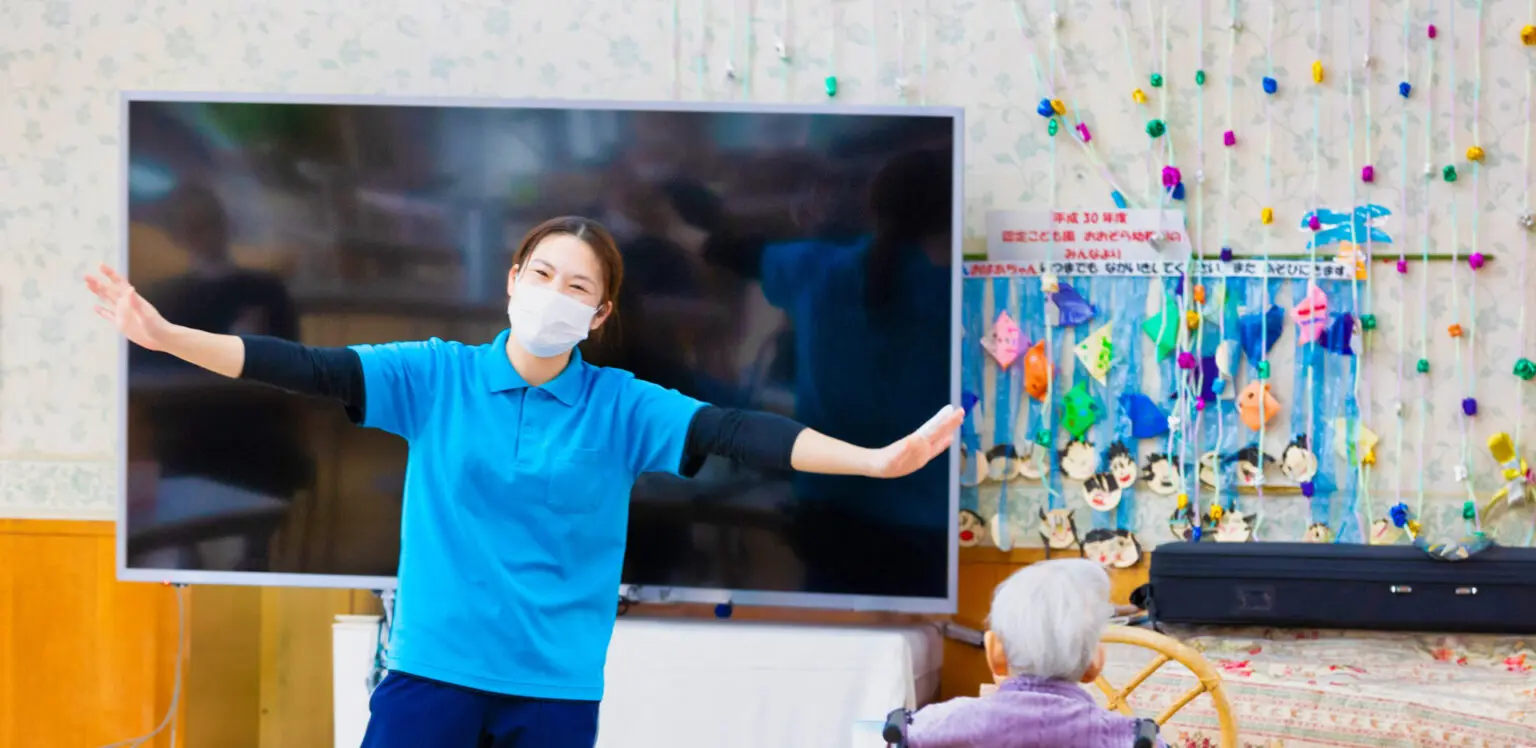

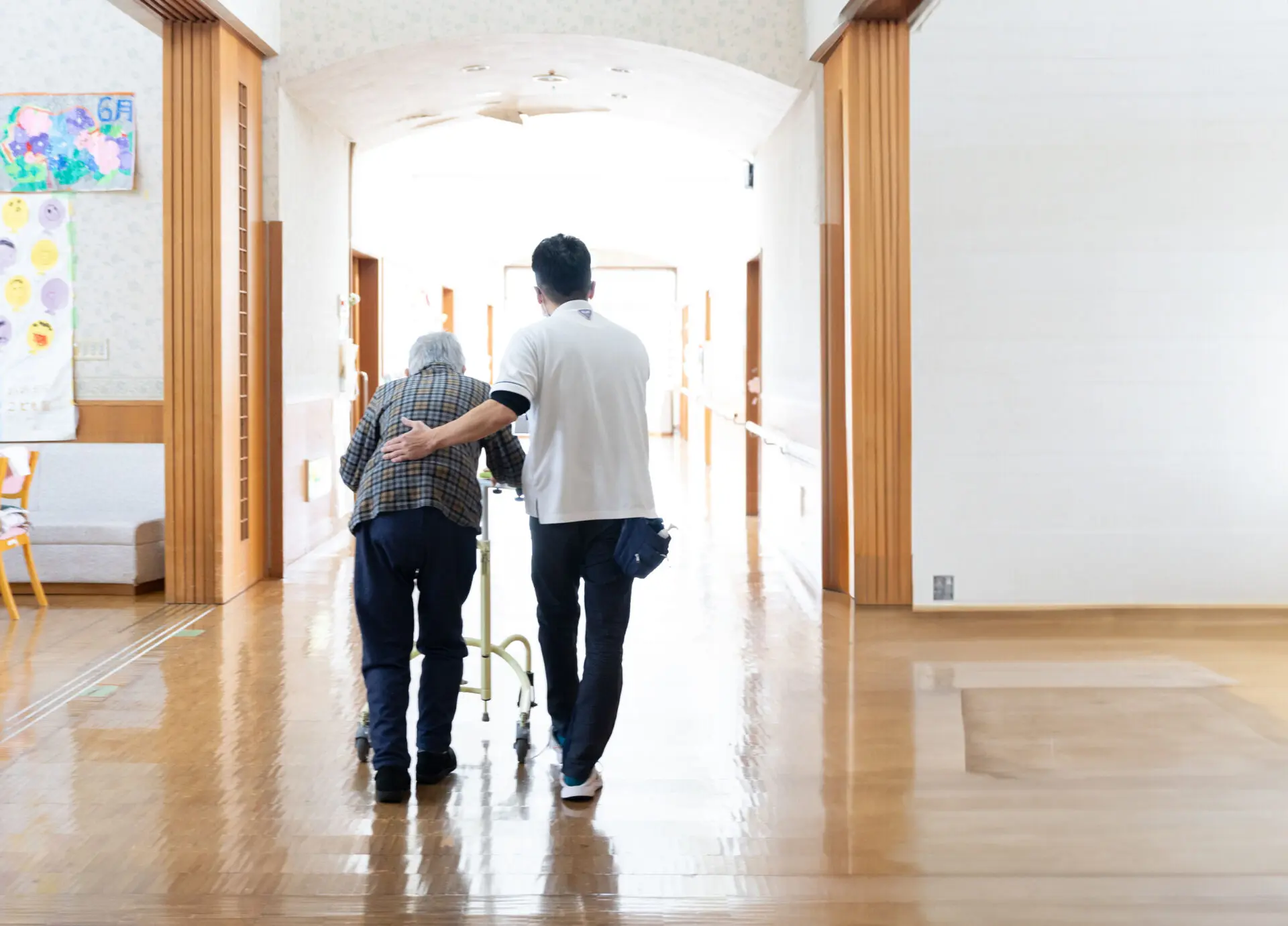
Compared to traditional surgical methods, this approach involves smaller incisions and less overall strain. The smaller incisions and minimal muscle cutting lead to quicker recovery and faster return to work.
Spinal surgeries are broadly categorized into decompression and fixation procedures.
For conditions like herniated discs and some cases of lumbar spinal stenosis, decompression surgery is appropriate.
Our institution performs this decompression surgery using endoscopy.
At our institution, we apply these endoscopic techniques to spinal fixation surgery as well, working to make fixation procedures minimally invasive.
A1:
A2:
A3:
A4:
A5:
A6:
A6:
A6:
A6:
A6:
A6:
A6:
A6:
A6:
A6:
A6:
A6:
A6:
A6:
A6:
Shunyokai Medical Corporation operates Shunyo-kai Central Hospital, Sangu-bashi Spinal Surgery Hospital, Watanabe Orthopedic Clinic, home care nursing stations, elderly care facilities, home care support centers, and group homes in order to provide comprehensive medical and welfare services to meet everyone's needs.
Everything you have learned and experienced at Shunyokai will give you confidence and strength. As loving medical professionals, we are looking for people who are aware that “I am a creator of medical care,” and who will walk with us. Let's eat together, learn together, see various things together, worry and think together, and create a time together that will make you smile from the bottom of your heart.
TEL:
FAX:
Email :